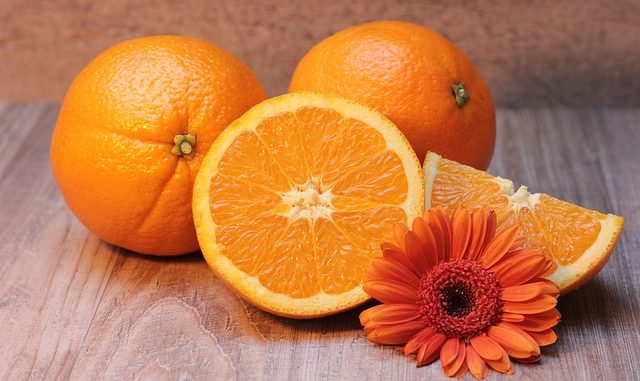
Diabetes is never out of the news. Here we look at some of the top foods for tackling diabetes. Think of what the coronavirus COVID-19 has done to the population who have the condition. Nowadays nutritionists are advocating a wide range of foods to help ameliorate the situation. For many these are the ‘superfoods’ and whilst this might still be a contentious term, any foods packed with vitamins, minerals, good fats and antioxidants must be a plus.
For a typical diet to help tackle diabetes consider the following:
1.Avocado
Eating healthy fats is important for good general health especially heart health. Anyone with diabetes will need to maintain a healthy heart and nothing beats the monounsaturated fats to be found in avocados. These fats are part of a plan to reduce cholesterol levels in the blood, minimise the inflammation risk to the body and also help in reducing hypertension (lowering blood pressure). There is also a substantial amount of fibre there so it helps with digestive metabolism, promotes gut flora and fauna and keeps us regular too.
2. Tomatoes
We often refer to tomatoes for healthy eating. They are full of lycopene as well as various minerals. Lycopene is a great antioxidant for not only helping to protect the heart but reduce the risks of particular cancers. Look for a high vitamin C content as this powerful vitamin in important as an antioxidant in reducing inflammation, lowering blood sugar levels and that blood sugar spike that follows eating a meal.
Check out our growing guide to the great variety of tomatoes we can all enjoy.
3. Oats and oatmeal
Fibre cannot be mentioned highly enough but oats contain a great soluble fibre in the beta-glucans. There is plenty of evidence out there to support a high oat fibre diet and especially those dealing with Type-2 diabetes. Old-fashioned or ‘steel’ oats are the best because of the way they have been cut. They are free of added sugars. To make oats more palatable as win porridge, add some honey which contains natural sweetness, some berries, nuts, seeds and other proteins to get the full benefit.
4. Nuts and seeds
Nuts and seeds of all sorts have been known for their fiber content too. The fats they contain are also potent examples of healthiness. Good for stabilising blood sugar levels and being a sure source of protein from a plant source rather than any animal. As we mentioned earlier, add to oat based breakfasts for added superpower.
5. Broccoli
Not a leafy green as such but certainly mainly a leafy steam. Good example of a cruciferous vegetable. Plenty of fibre, and also sulforaphanes and glucosinolates which sounds chemically but does wonders as a super antioxidant. Good for reducing the risk of particular cancers such as mouth cancers if eaten regularly.
6. Cherries
Very much a June/July fruit but full of anthocyanins which are the pigments in the skin. These are good for tackling inflammation along with carotenes found in vegetables like sweet potato. The tart cherries are the best for this job because they have a higher level of antioxidants than the sweet cherries. Avoid canned cherries because of the sugar content. Fresh is best – unfortunately they are a bit expensive but worth having as a treat.
7. Sweet Potatoes
This is a root which should be more widely cooked in place of potato and naturally sweeter too. Whilst the orange flesh varieties are good to have, the purple ones are possibly the best of all. They have high levels of fibre and good not only for keeping us feel full but also for helping to regulate appetite as well. Its possible to have them as chips if a healthy frying oil is used. Ideal with fish (this is not just about all veggie diets by the way). Sweet potatoes are extremely versatile in cooking. They are not as difficult to grow as you might think – check out our growing guide on the best way to max. out on these yummy veg.
8. Greens
Spinach, chard, lettuce, kale, broccoli leaves are all strong sources of vitamin A, vitamin C and calcium. Generally eating greens have been known to improve all round health as well as reducing the overall risk of type-2 diabetes. Look at our pages on how to grow a variety of these leafy vegetables but now is the time to start sowing for all year round harvests.
9. Citrus Fruit
Try oranges and lemons, limes, calamondin and some of those related fruits like yuzu. These have long been associated with educing hypertension, providing plenty of vitamin C and boosting the immune system. They are also good sources of potassium and folic acid/folate.


Leave a Reply